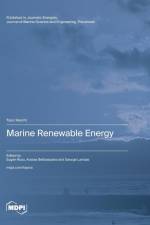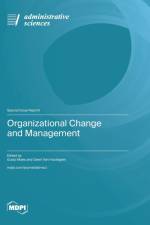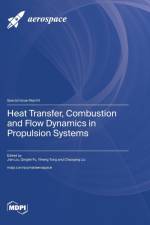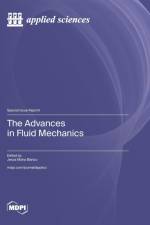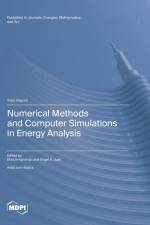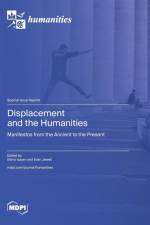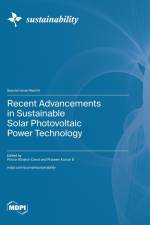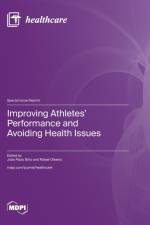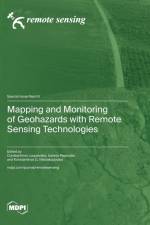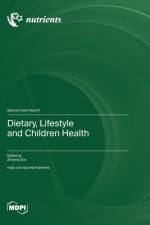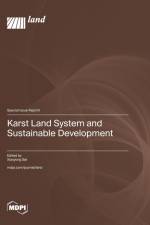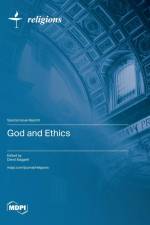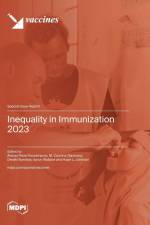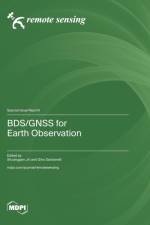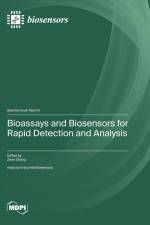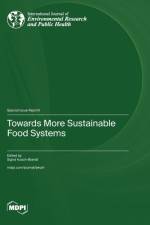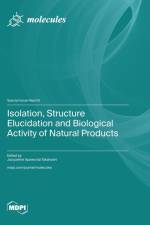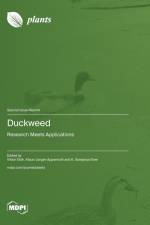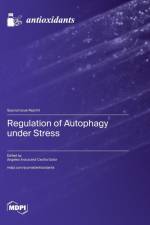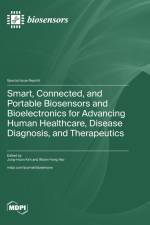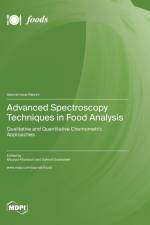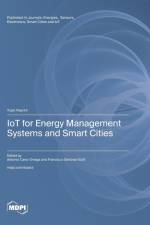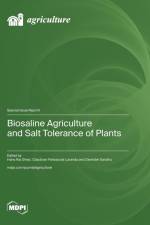837
Food packaging plays an important role in the preservation and transportation stages of food. In recent years, coating packaging has become a research hotspot. Coatings can inhibit the growth of microorganisms during food storage, control gas exchange, water penetration, and oxidation processes in food, thus improving food safety and extending the shelf life of food, which brings convenience to consumers. This Special Issue on food packaging and shelf life caters to the needs of scientists, material scientists, food chemists, and microbiologists in the area of food packaging and shelf life. The journal will mainly publish original research papers, review articles, and short communications in the following areas: food packaging material development, coatings or films material development, nano coatings or films material, edible coatings or films, designing coatings or films machinery, physical and chemical properties of food packaging coatings or films, modified atmosphere packaging systems, active and intelligent antimicrobial packaging systems, food package testing, sensory properties of packaged foods, migration from packaging materials, food package interactions, shelf life of packaged food products, recycling of food packaging materials, microbial stability of food during storage, handling and transportation, sensory changes during food storage, shelf life and food safety, chemical, physical and microbial determinants for shelf life, shelf life simulation, and accelerated shelf life tests.


